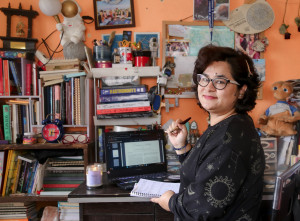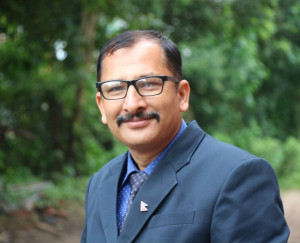Culture & Lifestyle
Wearing the crown, carrying a cause
Once seen mainly as a beauty contest, Miss Nepal has transformed into a stage for social advocacy, entrepreneurship, and national representation.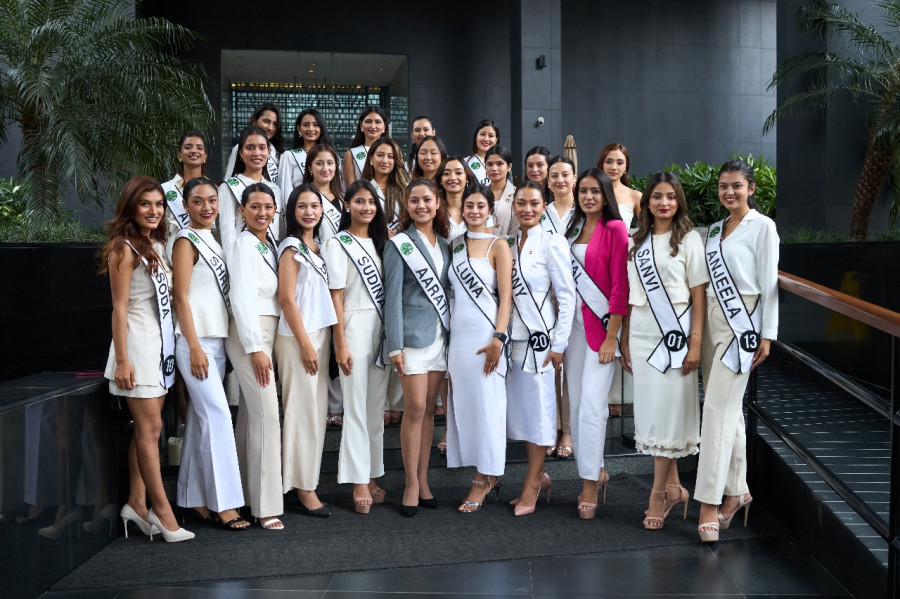
Sanskriti Pokharel
Unlike before, the Miss Nepal pageant is no longer seen just as a runway for beauty; it is now recognised as a platform where contestants channel their passions into advocacy. From social work and entrepreneurship to national representation on global platforms, the pageant has become a vehicle for empowerment and change.
Ashma Kumari KC, the reigning Miss Nepal, recalls growing up watching the pageant and admiring the women who wore the crown. To her young eyes, they were symbols of confidence, elegance, and purpose. As she grew older, her childhood dream of competing in Miss Nepal faded into the background. Life moved on, and other priorities took over. But her family and friends continued to believe in her. They pushed her to try, convinced she had what it takes. Eventually, KC decided to give it a shot, never realising it would transform her life.
“Winning the crown was a dream realised, but it was so much more than that,” she says. “It became an opportunity to represent Nepal, to serve my country, and to use this platform to amplify my voice.”
KC had been involved in social work long before Miss Nepal, shaping her view of the crown as a responsibility rather than an end goal. Her Beauty with a Purpose project, Rojgar Setu, focuses on skill-building and entrepreneurship training for women.
“Becoming financially independent at a young age taught me the value of self-reliance,” she explains. “I wanted to extend that empowerment to other women, so they too can create ventures, become financially independent, and uplift their communities.”
To KC, Miss Nepal was never the ultimate goal. “It was a milestone I wanted to achieve before moving on to bigger dreams. My reign may end, but my journey is just beginning. This crown is one chapter. My life’s mission is to create lasting change for my country.”
KC’s reflections echo those of many former winners, who say Miss Nepal gave them both visibility and reach. Ishani Shrestha, Miss Nepal 2013 and the founder of Project Smile, recalls how the platform enabled her to organise dental and health camps in remote areas and introduce training programmes in first aid, cooking, and flower arrangement.
“Miss Nepal gave me networks, a platform to raise funds, and the credibility to take my cause to places I could never have reached alone. Without it, carrying my project to the farthest corners of Nepal would have been impossible,” she says.
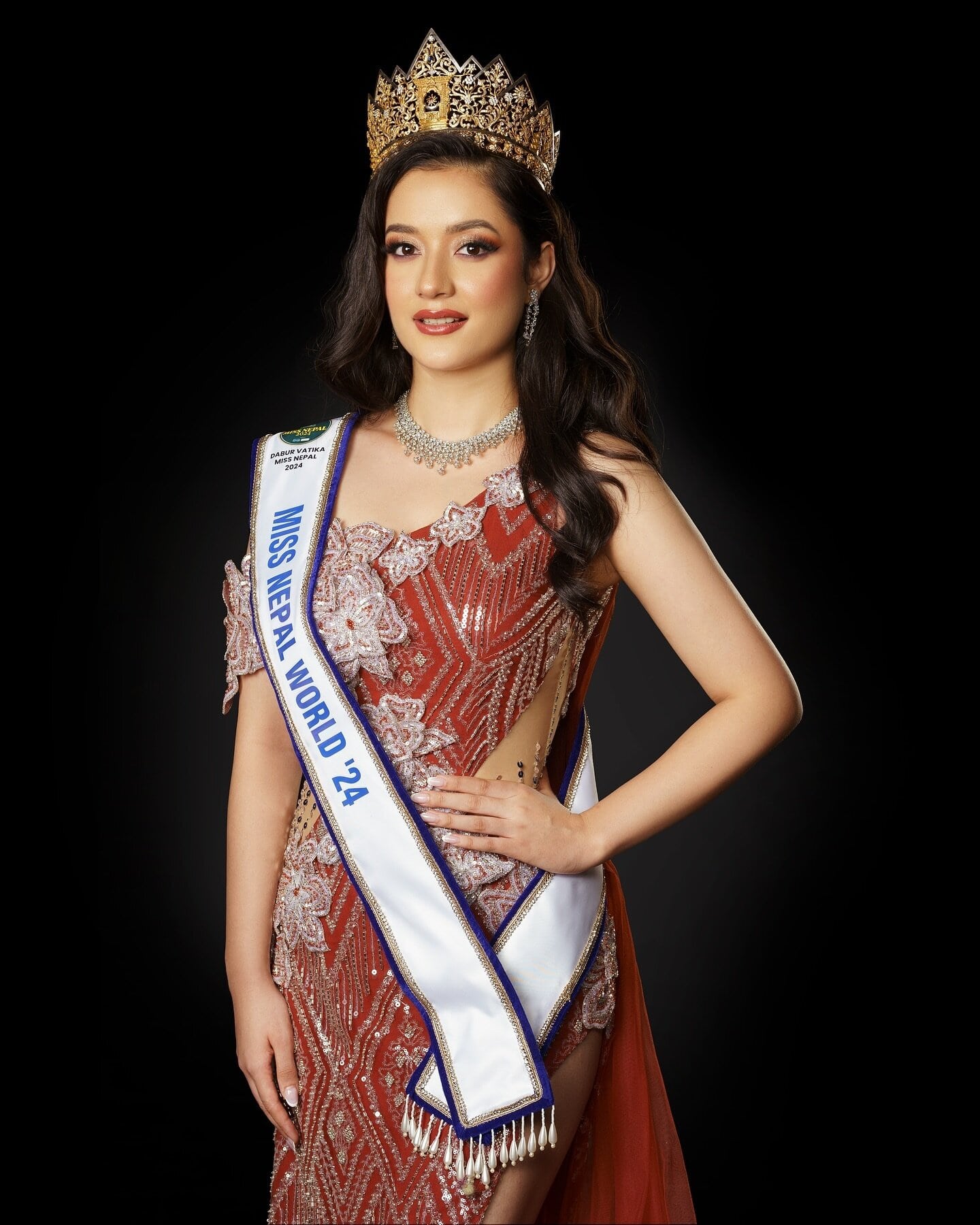
Today’s Miss Nepal continues to draw young women with bold visions for change. Among them is Ojal Rayamajhi, contestant number 23 for Miss Nepal 2025. A First-class Honours graduate in international business from Rangsit University in Thailand, she returned home to launch a business that guided young people toward informed career choices.
But through Miss Nepal, she has embraced an even larger challenge: advocating for safe migration. “Too many Nepalis face exploitation abroad due to false promises and lack of guidance,” she says. “This is not just an individual problem. It affects families and whole communities.”
Rayamajhi hopes to use the Miss Nepal stage to create awareness and policy dialogue around safe and informed migration. She also wants to promote industries with high growth potential, such as medical tourism.
“Nepal has the talent, resources, and hospitality to attract people seeking affordable, high-quality care,” she explains. “Developing these sectors can reduce the need for foreign employment, retain skilled professionals, and create opportunities at home.”
Her perspective shows how Miss Nepal has evolved: it is not limited to a space for beauty and self-expression. It has also been a forum where urgent social and economic issues can be voiced. Sanvi Mandal, contestant number one of Miss Nepal 2025, agrees. To her, the pageant allows women to amplify their voices on both national and international stages. “I have always been fascinated by women who represented their countries with confidence and purpose,” she says.
Her project, Faces of Hope: Transforming Lives, One Smile at a Time, seeks to redefine beauty while supporting underprivileged children. “We often limit beauty to physical features. But beauty can also mean compassion, resilience, and hope. My project celebrates that while working with associations to uplift children in need.” She adds, “The crown is not the end goal. It’s the beginning of a lifelong mission to create positive, lasting impact.”
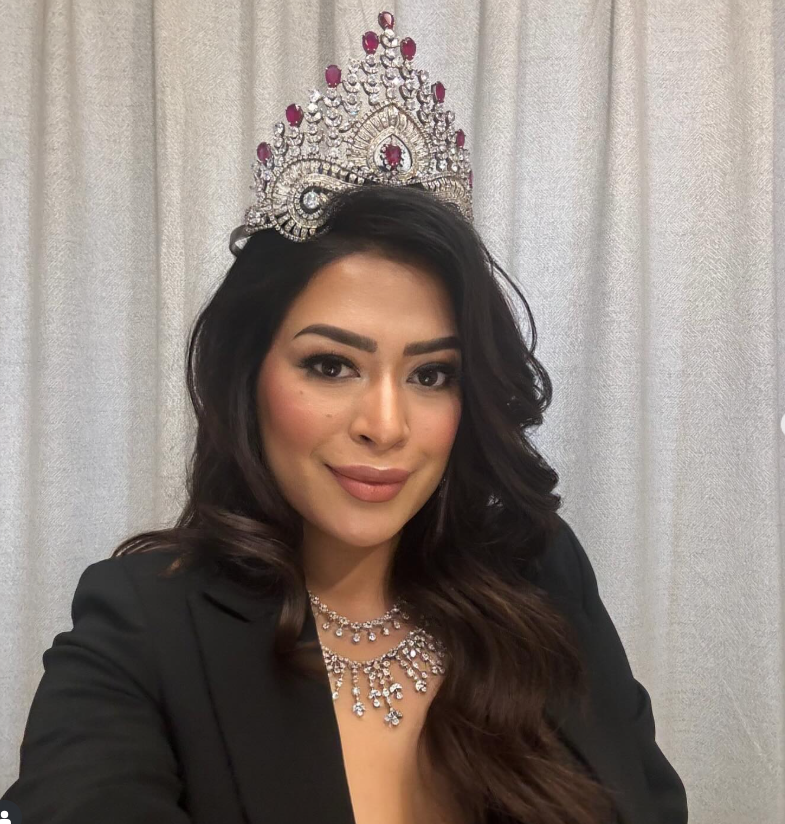
Despite its influence, Miss Nepal is not free from criticism and misconceptions.
One common belief is that participation in the pageant is expensive. But Pramod Ratna Kansakar, director of administration at The Hidden Treasure, which organises Miss Nepal, says otherwise. “There are no participation fees. We cover travel, food, lodging, wardrobe for the finale, and even post-pageant training and international participation”
Another common myth is that someone from the Newa community always wins Miss Nepal. “That’s simply not true,” Kansakar says. “While the Newa community is large and many participants have come from it, winners have also come from diverse ethnic and regional backgrounds. Merit has always mattered more than ethnicity.”
At its core, Miss Nepal continues to evolve as a platform that blends beauty, intelligence, and purpose. Its role in Nepali society is layered. For some, it symbolises aspiration and progress, where women can dream big and act boldly. For others, it is a cultural stage, connecting Nepal to the world while reflecting the values of empowerment and leadership.
Whether through social entrepreneurship, advocacy for safer migration, or reimagining what beauty means, today’s contestants and winners show that Miss Nepal has outgrown the stereotypes of its early years. It is no longer only about who looks best on stage but about who can stand up, speak out, and spark change.




 10.12°C Kathmandu
10.12°C Kathmandu







